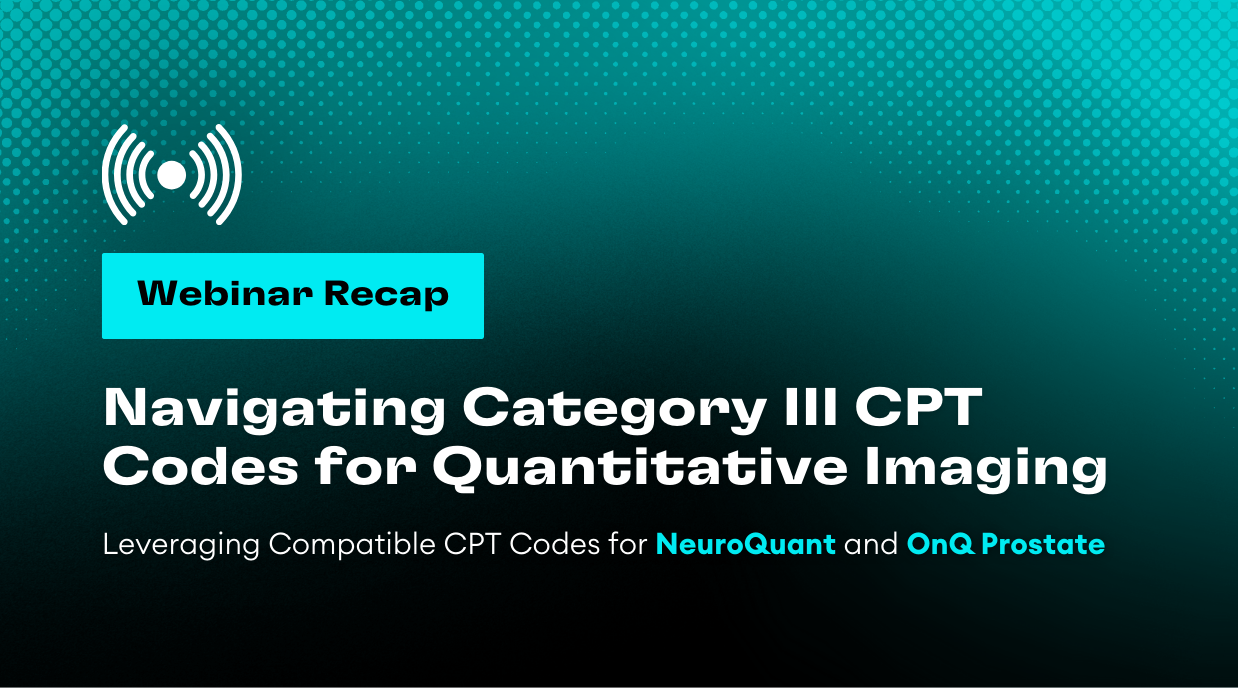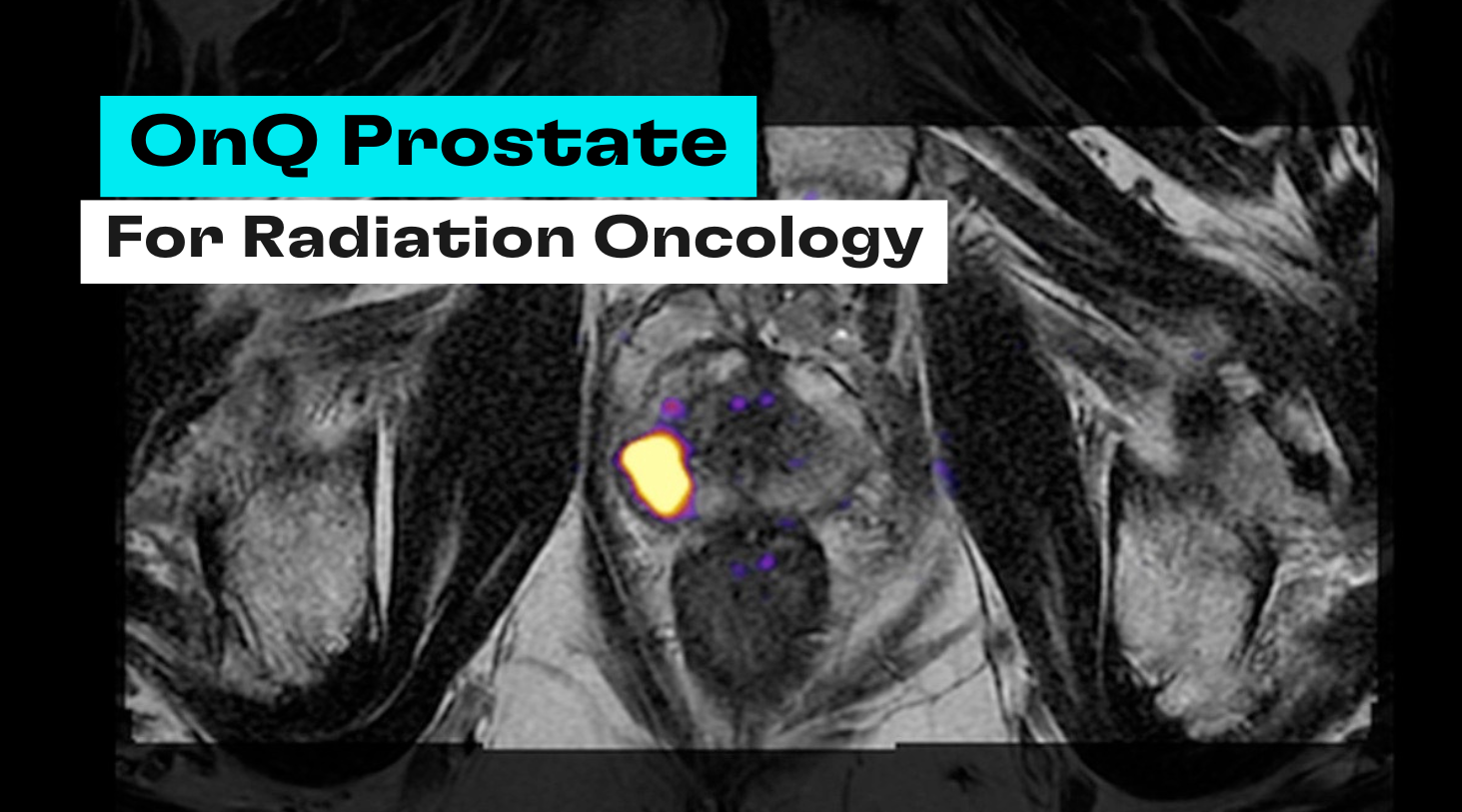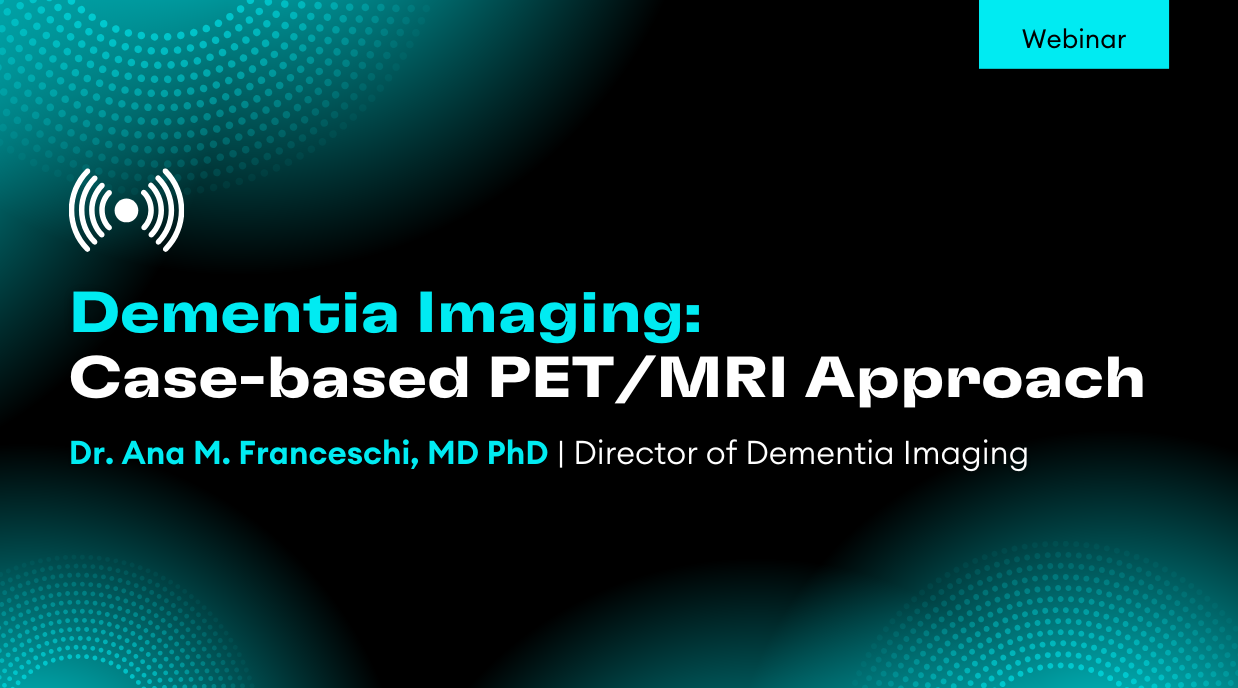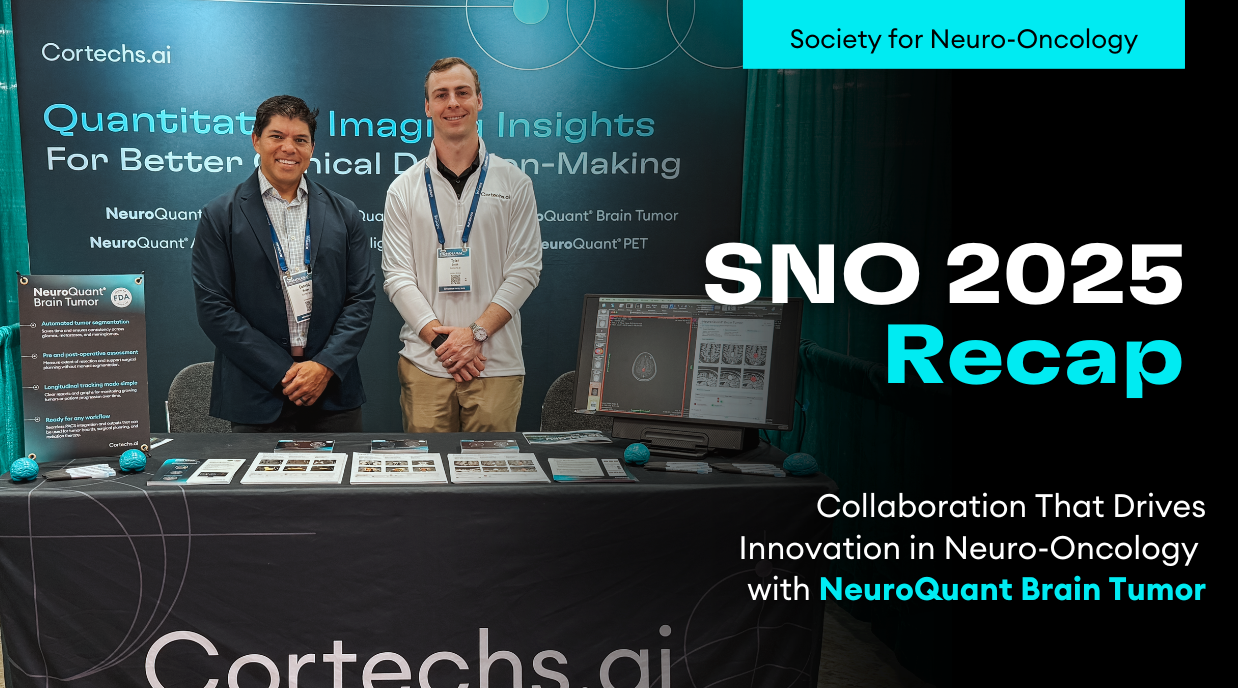March is Multiple Sclerosis (MS) Awareness Month, a time dedicated to increasing understanding of this chronic neurological disease and advancing efforts to improve patient care. With over 2.8 million people worldwide affected by MS, early detection and precise disease monitoring are critical to optimizing treatment outcomes. Magnetic resonance imaging (MRI) plays a central role in both detecting MS lesions and tracking its progression. However, traditional MRI interpretation can be time-consuming and subjective. NeuroQuant® MS, an advanced automated imaging tool, enhances MRI-based MS assessment by providing quantitative, objective, and reproducible lesion measurements.
The Importance of Quantitative Lesion Monitoring in MS
MS is characterized by immune-mediated damage to the central nervous system (CNS), leading to the formation of demyelinating lesions in the brain and spinal cord. These lesions can cause a wide range of symptoms, including fatigue, mobility impairment, vision problems, and cognitive changes. MRI is the gold standard for detecting and monitoring these lesions, helping clinicians assess disease activity, progression, and response to treatment.
Despite its essential role, traditional MRI analysis depends on qualitative assessments by radiologists and neurologists, which can introduce variability and limit precise tracking of lesion changes over time. Additionally, studies have shown that MS lesions undergo subtle but significant changes in size that often go undetected by human visual assessment, emphasizing the need for automated AI-based detection tools like NeuroQuant® MS to ensure precise lesion monitoring.
How NeuroQuant® MS Transforms MS Management
NeuroQuant® MS is a cutting-edge software solution designed to assist clinicians in the evaluation of MS by automating lesion detection and analysis. The NeuroQuant® MS Report provides:
- Automated Lesion Detection & Spatial Classification: NeuroQuant® MS Report automatically identifies and categorizes MS lesions based on their anatomical location in the brain, offering a clear and structured view of disease distribution.
- Automatically Quantifies Number of Lesions & Anatomical Distribution: Aligns with the updated McDonald Criteria to aid physicians in more accurate and timely detection of MS lesions.
- Lesion Burden Analysis: The report quantifies lesion volumes, enabling clinicians to measure total lesion burden and track changes over time. This helps assess disease activity and treatment effectiveness.
- Color-Coded Lesion Segmentation Overlays: By overlaying color-coded lesion maps on MRI scans, NeuroQuant® enhances visualization and allows for a more intuitive understanding of lesion distribution.
- Lesion Change Analysis: The software provides longitudinal comparisons, allowing for precise tracking of new and enlarging lesions, even those that may be too subtle for visual detection. This is essential for evaluating disease progression and adjusting treatment strategies.
- Automatically Measures Brain Volumes Relevant to MS: Tracks changes from the last timepoint to efficiently monitor progression and assess treatment effects.
Clinical Impact: More Precise, Efficient, and Personalized Care
The ability to accurately measure and monitor lesion burden over time provides clinicians with valuable insights into disease progression. NeuroQuant® MS enhances clinical decision-making by reducing subjectivity in MRI interpretation and increasing efficiency. Instead of relying solely on visual assessments, neurologists and radiologists can leverage quantitative data to tailor treatment plans to individual patients.
Empowering Patients Through Knowledge
As we observe MS Awareness Month, it is crucial to highlight how advancements in medical imaging technology are transforming the management of this disease. Patients and caregivers should be informed about the latest tools available for accurate detection and monitoring, enabling them to engage more effectively with their healthcare providers.
By incorporating NeuroQuant® MS Report into routine clinical practice, healthcare professionals can provide more precise and data-driven care, ultimately improving outcomes for individuals living with MS.






